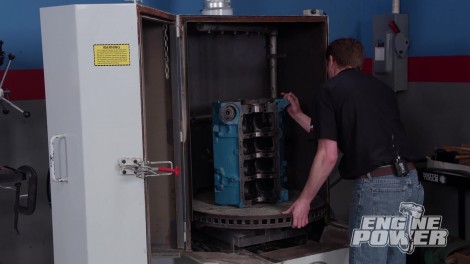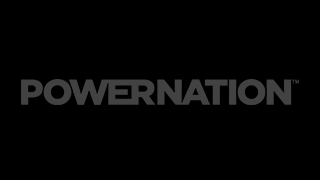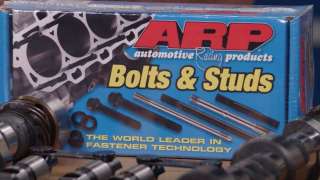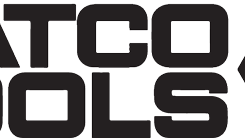
Over 13:1 on Pump Gas! Chevy 350 Dyno Mule - Part 1
Last year we built a 350 ci Small Block Chevy in the parking lot. This year it comes inside for some well-deserved upgrades to the short block assembly.
Season 9
Episode 9
Hosts: Pat Topolinski, Frankie Forman
First Air Date: May 16, 2022
Duration: 21 minutes 30 seconds


































